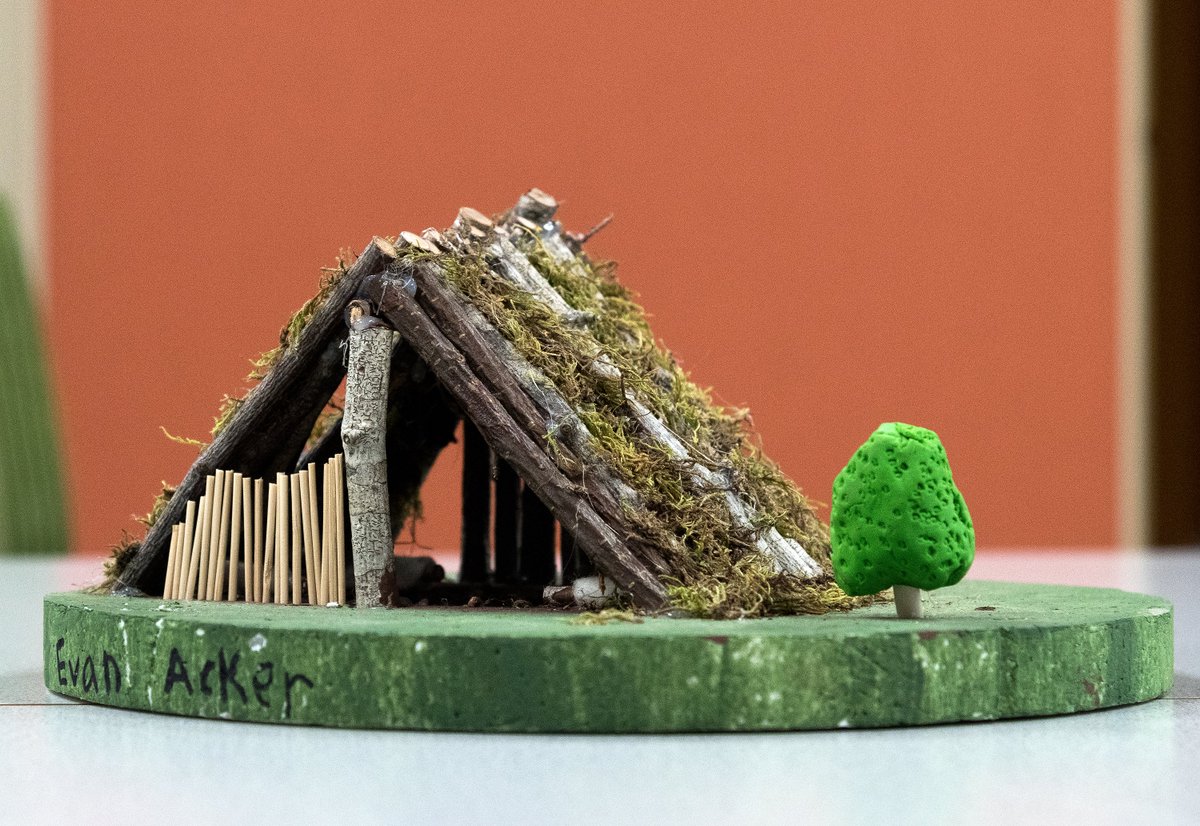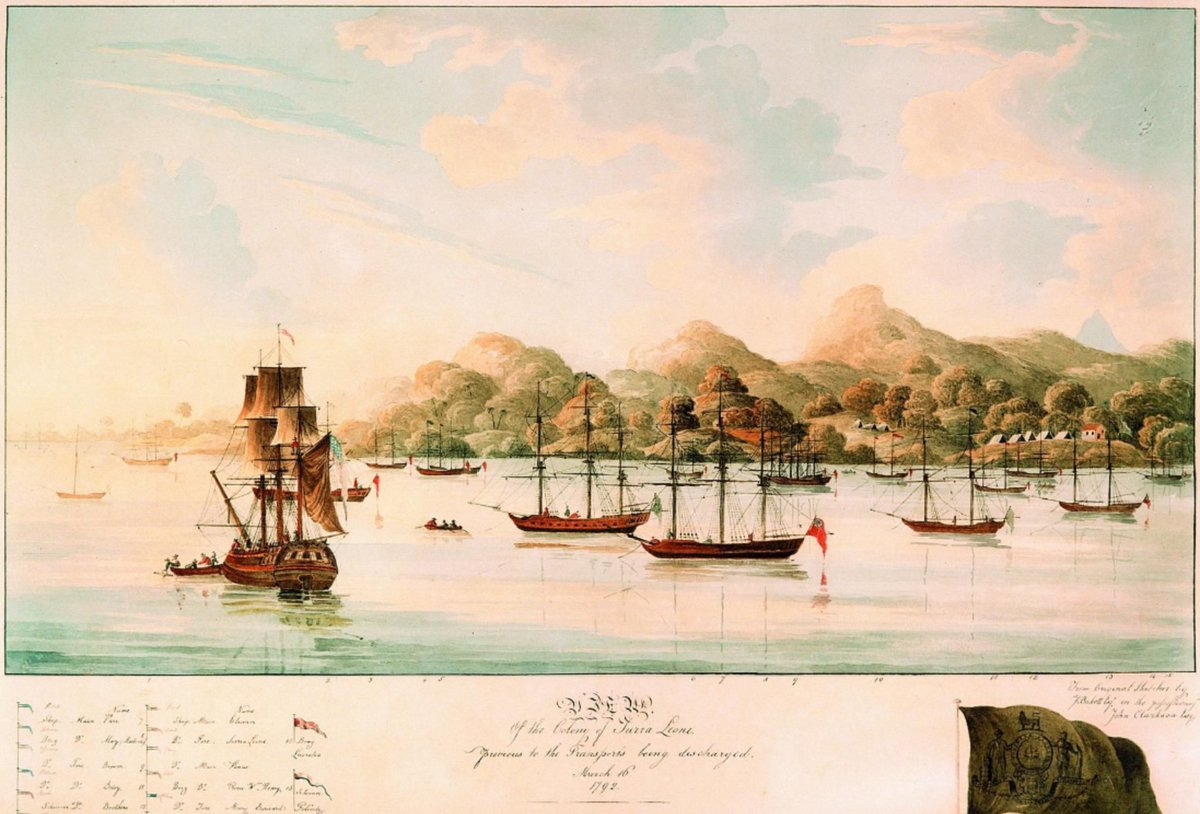The Black Loyalists founded settlements throughout Nova Scotia. The largest was at Birchtown, near Shelburne, with an initial population of about 1500. Birchtown today is the home of the Black Loyalist Heritage Centre. #AHM2021 #AfricanHeritageMonth http://blackloyalist.novascotia.ca
See the names of the Black Loyalists etched in glass at the Black Loyalist Heritage Centre. The "Book of Negroes" is the hand-written list of Black passengers leaving from New York to Nova Scotia between April 23 and November 30, 1783. #AHM2021 #AfricanHeritageMonth
At the Black Loyalist Heritage Centre you can explore the virtual copy of the "Book of Negroes" and search for your ancestor who may have experienced part of this incredible journey. #AHM2021 #AfricanHeritageMonth http://blackloyalist.novascotia.ca/what-see-do
Resettlement in Nova Scotia was terribly difficult for Black Loyalists. Many arrived late in the fall and had no opportunity to clear land, build a home, or plant crops. Many spent the winter in tents and makeshift huts in the thick woods. Others built pit homes. #AHM2021
The British had promised free land and rations for three years to the Black Loyalists. A family was supposed to receive 100 acres for each family head and 50 acres for each person in the household (wife, son, daughter or servant). #AHM2021 #AfricanHeritageMonth
Each military officer was to receive 1000 acres; a private was to receive 100 acres. But it never happened that way.
Out of 649 Black men, only 187 received land. #AHM2021 #AfricanHeritageMonth
Out of 649 Black men, only 187 received land. #AHM2021 #AfricanHeritageMonth
Poverty, epidemics and suffering were widespread among the Black Loyalists. Harsh winters, sickness, and lack of healthy food killed many. https://novascotia.ca/museum/blackloyalists/hardship.htm #AHM2021 #AfricanHeritageMonth
About 1,500 Black Loyalists settled in Shelburne County, Nova Scotia. Most indentured servants and enslaved people settled in the town of Shelburne. #AHM2021 #AfricanHeritageMonth
Free Blacks settled nearby on the northwest harbour in an area named Birchtown after the man who signed the certificates of freedom. Here, under the leadership of Colonel Stephen Blucke, 1,200 Black Loyalists formed the largest Black township of the time in British North America.
Most Black Loyalists couldn't make a living from farming because either they had no land, or their land was unsuitable for growing crops. #AHM2021 #AfricanHeritageMonth
Black Loyalists with skills as blacksmiths, bakers, shoemakers, carpenters, teachers, ministers, coopers, boatbuilders, tailors, military persons, midwives, domestics, cooks, sailors, doctor, pilots of boats & navigators were in a better position to make some kind of a living.
Many of those who did not have a trade had to indenture themselves or their children to survive. Indentured Black Loyalists were treated no better than enslaved persons. #AHM2021 #AfricanHeritageMonth
Slavery was still legal and enforced in Nova Scotia at this time. One of the biggest fears of Black Loyalists was to be kidnapped and sold in the United States or the West Indies by slave traders, who sometimes sailed along the coast of Nova Scotia. #AHM2021 #AfricanHeritageMonth
By 1791, Black Loyalists realized that the dream of a Promised Land, with freedom and security for their families, was not being fulfilled. #AHM2021 #AfricanHeritageMonth
During the winter of 1792, 1196 Black Loyalists, including the notable leaders David George, Boston King, and Moses Wilkinson, left Halifax in 15 ships, for Sierra Leone. Object #:M2008.38.1 #AHM2021 #AfricanHeritageMonth https://museum.novascotia.ca/collections-research/made-used-found/gallery/objects/painting-black-loyalists-arriving-sierra-leone
This was slightly less than 1/3 of the number of Black Loyalists who had arrived in Nova Scotia in 1783. This iconic painting captures a pivotal moment in human history – the return to Africa of Black Loyalists freed from North American slavery. #AHM2021 #AfricanHeritageMonth
Many people, including descendants of these early settlers, do not know the origins of Black Loyalist communities and families in Nova Scotia. As one descendant put it, "We didn't have time to look for our history; we were too busy trying to survive." #AHM2021
In 1983, with the marking of the 200th anniversary of the Loyalist arrival in Nova Scotia, Black Nova Scotians made public claim to their part in the early settlement of the province. #AHM2021 #AfricanHeritageMonth
The story of the Black Loyalists was being recovered through the work of the Black Loyalist Heritage Society, the Brownspriggs Historical Society, and the Black Cultural Centre for Nova Scotia, among others. #AHM2021 #AfricanHeritageMonth
People gather information from oral histories, land grant records, deeds, census records, wills, church records and archaeological data. #AHM2021 #AfricanHeritageMonth
As part of the research by the Nova Scotia Museum in 1998 archaeologists carried out a detailed excavation in search of Stephen Blucke's house in Birchtown. #AHM2021 #AfricanHeritageMonth
The artifacts recovered were exceptional for what we know of the Black Loyalist period in Birchtown, not only because of their quantity but their quality as well. https://novascotia.ca/museum/blackloyalists/19002000/Events1900/pithouse.htm #AHM2021 #AfricanHeritageMonth

 Read on Twitter
Read on Twitter











